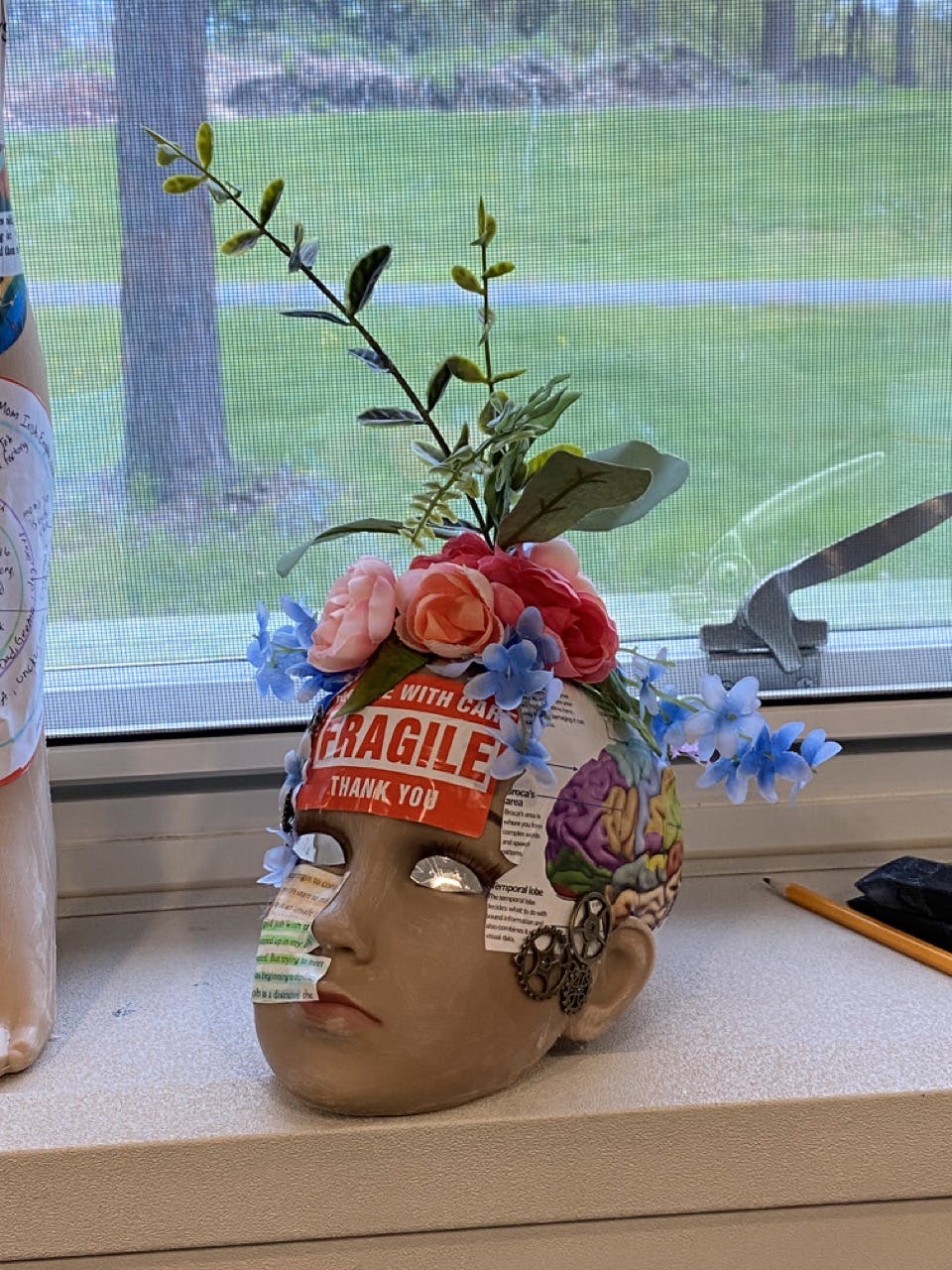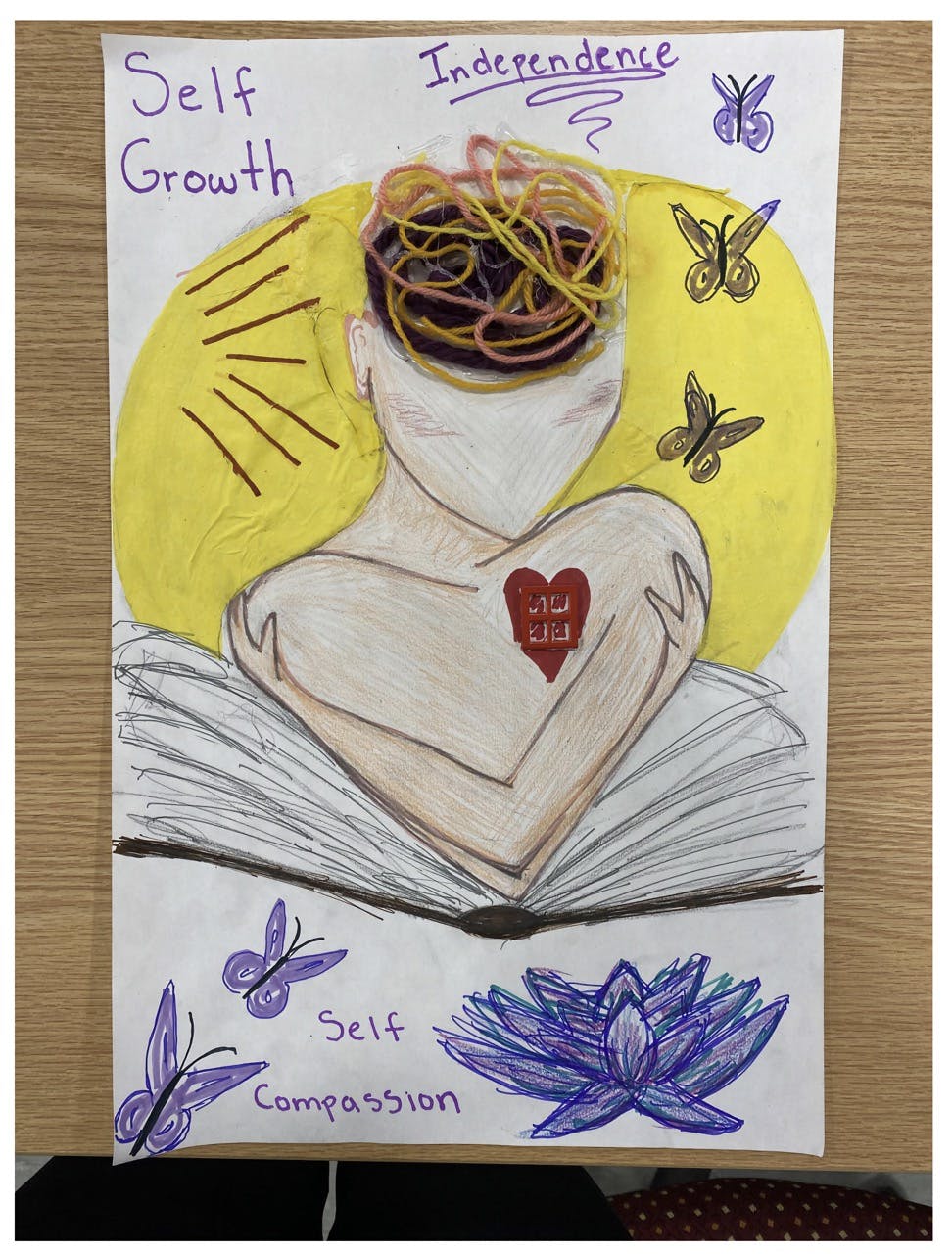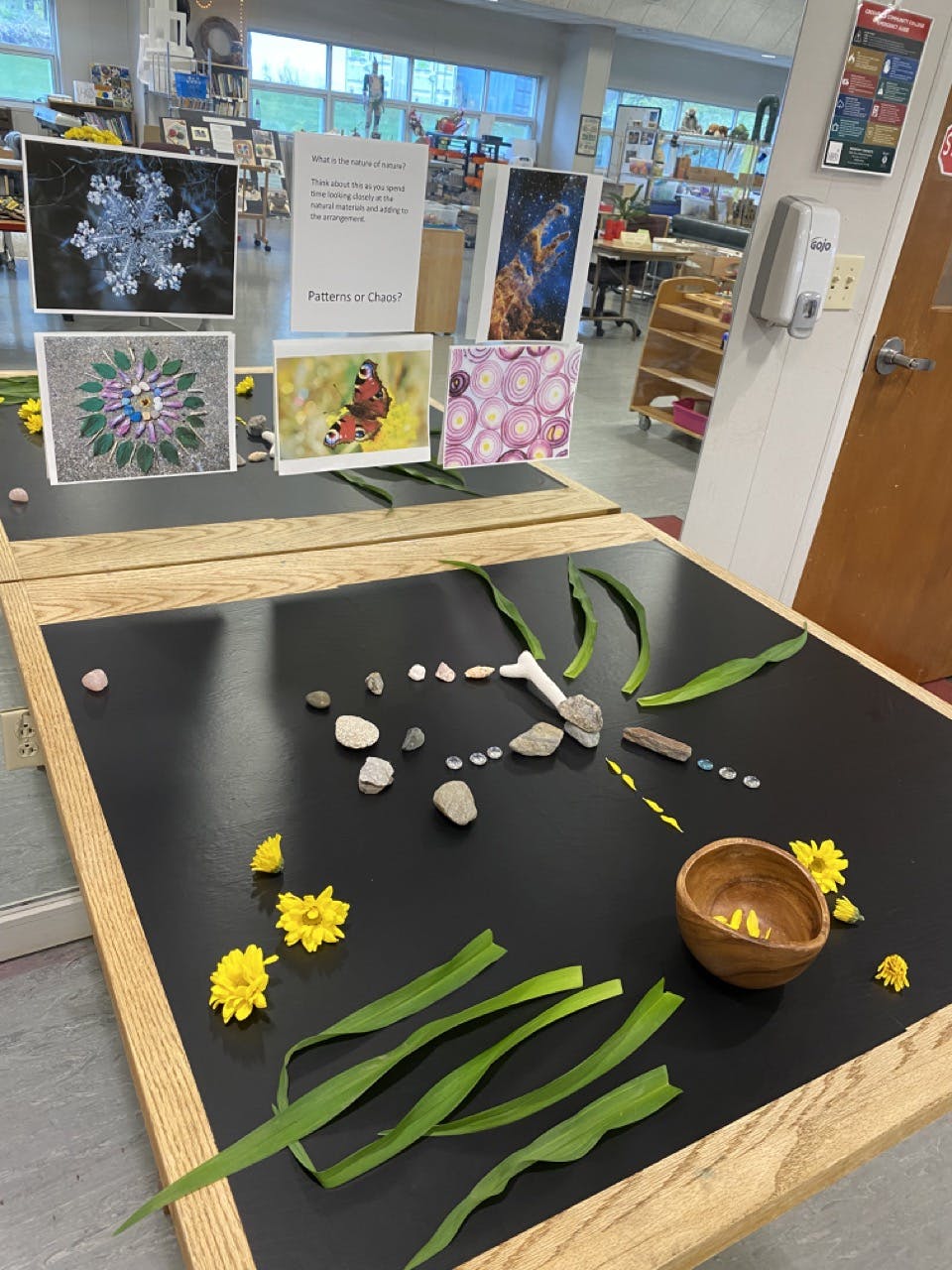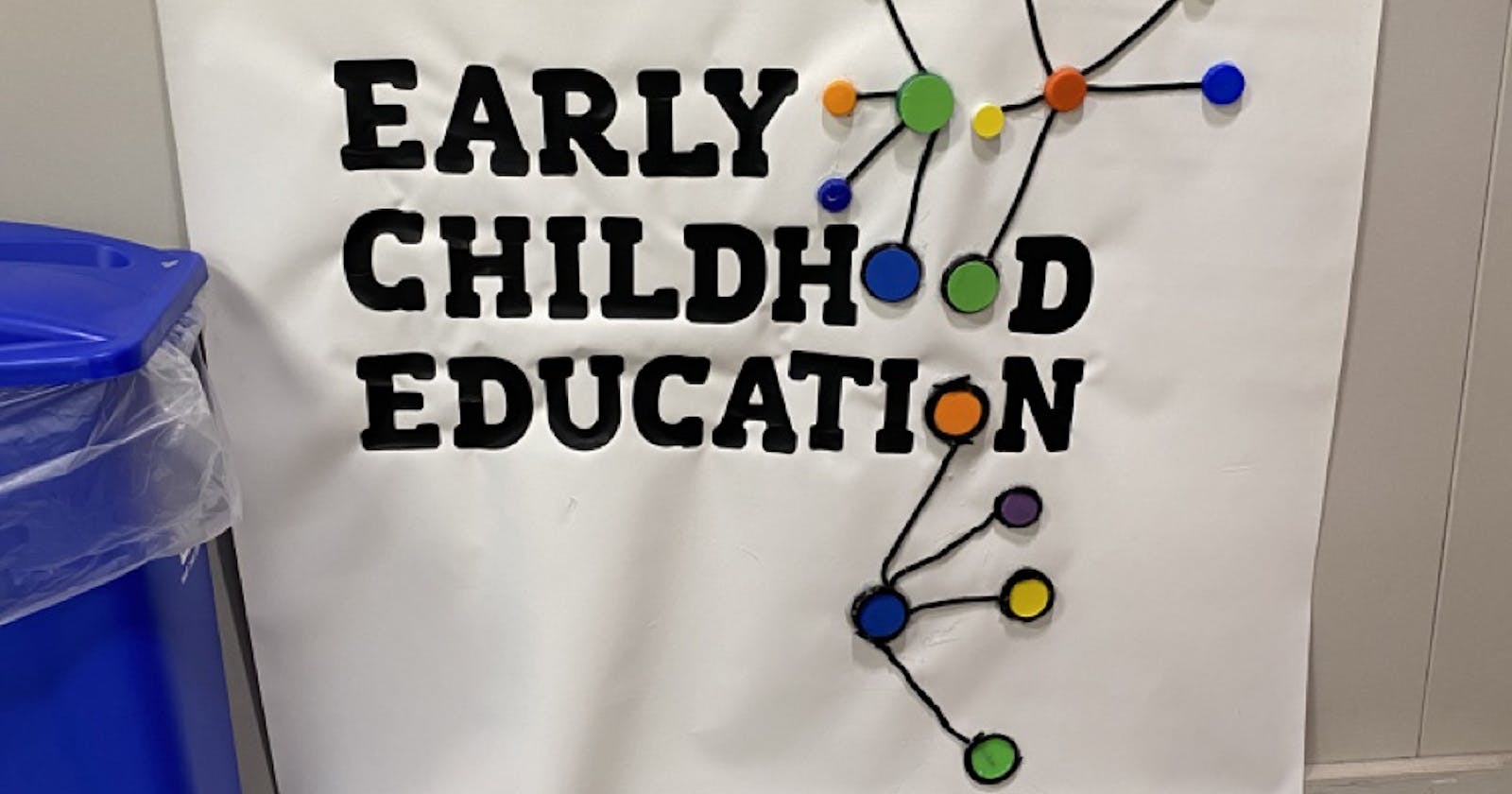The Reggio Emilia Approach: A Research-backed Paradigm in Interactive Learning
The educational philosophy explained + pictures of learner-designed artifacts
Written by Sai Gattupalli
Read our full case study here.
In the diverse landscape of education, one philosophy shines brightly, illuminating the path to creativity and curiosity, the Reggio Emilia approach. Deeply engrained in the Creative Thinking & Learning Studio at Greenfield Community College, it offers an invigorating blend of hands-on, interactive learning. It weaves the vibrant colors of arts into the robust fabric of STEAM education, providing a multidimensional learning palette that effectively empowers learners to navigate the labyrinth of the 21st century. This summer, I interned at the Studio as an education consultant, and here is a synthesis of things I learned - explained to the general public. This is a part of the weekly Feynman writing technique.
With roots originating in Northern Italy, the Reggio Emilia approach is a groundbreaking paradigm in early childhood education (Schiller, 1995; Wikipedia, 2023). Just like Montessori or Waldorf-type schools, the Reggio approach is a beacon igniting the spark of exploration and discovery by letting children learn by exploring their environment (Aljabreen, 2020). Researchers purpose-build such learning environments to immerse their class activities in the shoes of Reggio's approach. But it's far more than a pastiche of educational theories; it's an all-encompassing educational philosophy that elevates learners to architects of knowledge, transforming them from passive recipients to active participants in their educational journeys (Martalock, 2012).
At the heart of the Reggio Emilia approach pulsates a learner-centric ethos. It perceives learners as reservoirs of untapped potential, brimming with capability (Hewett, 2001). This philosophy propounds that knowledge is not a monolith but a mosaic, jointly constructed by the collaborative efforts of learners, teachers, parents, and the wider community. This collective creation of knowledge transitions the teacher from a traditional provider of facts to a collaborator, co-learner, guide, and facilitator (Edwards, 2015; Edwards & Gandini, 2018).
Under the expert direction of Dr. Peggy Martalock, an alumna of UMassAmherstCoE, the Creative Thinking & Learning Studio embodies the Reggio Emilia principles, transforming its learning environment to inspire curiosity and creativity. Learners, both K12 and adult, have created architectural models after studying their surroundings, which is a perfect example of the Reggio Emilia approach in action. Students' experience during their time at the Studio demonstrates how they can immerse themselves in multidimensional aspects of knowledge, exploring spatial dimensions, basic engineering concepts, artistic expression, teamwork, and historical context. The essence of the Reggio Emilia approach is vividly encapsulated in such learning activities and projects, showing that knowledge is not confined within textbook pages but discovered in our environment, interactions, and experiences (Martalock, 2012).
Seamlessly aligning with the mounting body of research promoting creativity in young learners, the Reggio Emilia approach emphasizes the profound role an encouraging, interactive educational environment plays in nurturing learners' creativity, problem-solving prowess, and critical thinking skills (Schiller, 1995; Martalock, 2012; Schroeder-Yu, 2008). This approach has inspired educators globally, not merely for its captivating learning environments or intriguing artifacts, but for the resilience, imagination, and transformative spirit it infuses into education (such as Fraser & Wien, 2001; Santn & Torruella, 2017; McNally & Slutsky, 2017; Martalock, 2012).
In the grand narrative of learning, the Reggio Emilia approach plays a melody of exploration, discovery, and boundless potential. Like its namesake Italian region, education is a vibrant mosaic - with each tile representing a facet of the learner’s journey, collectively composing a narrative of expansive, interrelated knowledge. A narrative where learners, educators, and parents play crucial roles, shaping and being shaped by the dynamic tapestry of learning.
Further recommended readings:
References:
Aljabreen, H. (2020). Montessori, Waldorf, and Reggio Emilia: A comparative analysis of alternative models of early childhood education. International Journal of Early Childhood, 52(3), 337–353. https://doi.org/10.1007/s13158-020-00277-1
Edwards, C. P. (2015). Teacher research in Reggio Emilia, Italy: Essence of a dynamic, evolving role. DigitalCommons@University of Nebraska - Lincoln. https://digitalcommons.unl.edu/famconfacpub/105/
Edwards, C. P., & Gandini, L. (2018). The reggio emilia approach to early childhood education. In Handbook of International Perspectives on Early Childhood Education (pp. 365–378). Routledge. http://dx.doi.org/10.4324/9781315562193-26
Fraser, S., & Wien, C. A. (2001). Authentic childhood: Experiencing Reggio Emilia in the classroom. The Canadian Journal of Infancy and Early Childhood, 8(4), 75.
Hewett, V. M. (2001). Examining the Reggio Emilia approach to early childhood education. Early childhood education journal, 29, 95-100.
Martalock, P. (2012). What is a wheel?” the image of the child: Traditional, project approach, and Reggio Emilia perspectives. Dimensions of Early Childhood, 40(3), 3–12. https://citeseerx.ist.psu.edu/document?repid=rep1&type=pdf&doi=a9040fb1fcb71a2ad1dfaf58456e96dc33765af2
McNally, S. A., & Slutsky, R. (2017). Key elements of the Reggio Emilia approach and how they are interconnected to create the highly regarded system of early childhood education. Early Child Development and Care, 187(12), 1925-1937.
Santn, M. F., & Torruella, M. F. (2017). Reggio Emilia: An essential tool to develop critical thinking in early childhood. Journal of New Approaches in Educational Research (NAER Journal), 6(1), 50-56.
Schiller, M. (1995). Reggio emilia: A focus on emergent curriculum and art. Art Education, 48(3), 45. https://doi.org/10.2307/3193521
Schroeder-Yu, G. (2008). Documentation: Ideas and applications from the reggio emilia approach. Teaching Artist Journal, 6(2), 126–134. https://doi.org/10.1080/15411790801910735
Wikipedia. (2023, February 2). Reggio Emilia approach. Wikipedia. https://en.wikipedia.org/wiki/Reggio_Emilia_approach
Cultural manifestations in student-designed artifacts designed using the Studio resources:






